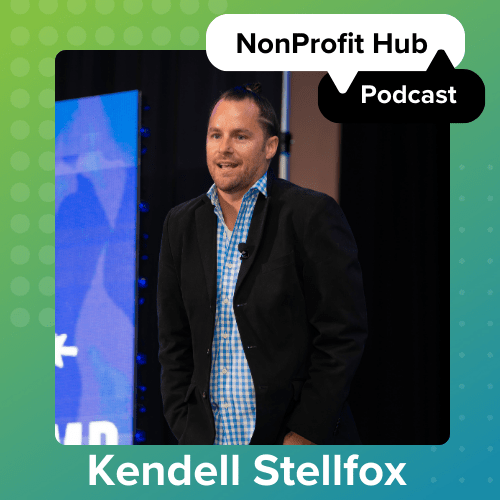As fundraising professionals, we’ve all experienced that awkward moment when a VIP donor comes up with the “best fundraising idea ever” and, in reality, it’s much closer to the worst idea. In “15 Really Bad Real Ideas from Real Nonprofits” Jeff Brooks lists a few of these gems:
- Sell slightly-used airplane toiletry kits on eBay.
- Host a naked cycling race.
- Hold an onion peeling competition to see who can last the longest without crying.
- Get tasered, charging $1,000 for each second of shock.
So how do you get out of pursuing these ideas without losing the donor’s support? More importantly, how do you prove whether the idea is, in fact, a bad one?
Take your relationship out of it—kill the idea with data, not your opinion (if the idea even turns out to be one to kill at all). By thanking the donor, praising the idea and offering to look into it, you keep the donor happy and open the door for future communication opportunities. When you look into it, here’s what you do:
1. Conduct a mini feasibility study
Best practices dictate that nonprofits conduct feasibility studies for impending capital campaigns. A feasibility study tests whether or not your organization has the resources available to proceed with a fundraiser or campaign. At the end of the study, you’re given a “yes” or “no” as to whether your campaign should move forward.
However, when it comes to launching new fundraising events, most nonprofits adopt a “build it and they will come” mentality. For walks, galas and golf tournaments, the organization just assumes that these events will work because they’ve seen it work for others.
Change that thinking and conduct a mini feasibility study to test the idea. Conduct face-to-face interviews with key stakeholders. Assess your staff’s workload to see if they have the bandwidth for another event. Analyze your donor list to see if the fundraiser would fly—for example, if the majority of your donors are in their sixties, a video game marathon may not be the most lucrative idea.
2. Survey, poll or focus group
Social media and email have made surveying and polling easy and inexpensive. SurveyMonkey and Doodle Poll offer free platforms with which you can email your stakeholders questions about their interest in a particular event. Twitter and Facebook have less robust polling systems, but a quick “Do you play video games?” post may be all you need.
Hosting a focus group—assembling a small group of people together to discuss the pros and cons of a concept—is not only a great way to test the idea, but it’s also a fantastic way to involve your donors. What better way to engage someone than inviting him or her to participate in an idea sharing session?
3. Do your research
No matter how crazy your donor’s suggestion may sound, it may have been done before. And if it’s been done before, then you can gather data to support whether or not the fundraiser works.
An internet search on video game fundraisers tells us that there are organizations already utilizing this strategy: Gamers for Giving and Video Game Palooza. The Children’s Miracle Network (CMN) has developed “Extra Life: Play Games. Heal Kids”—a fundraising marathon to benefit CMN.
So pick up the phone. In this instance, you call Gamers for Giving and ask how their events work. Are they efficient? Do they take a lot of staff time? Are participant rates growing or declining?
Your mini feasibility study, surveys, polls or focus groups and scouting efforts will give you the data you need to determine whether a fundraiser is truly viable or not.
In the nonprofit world, we also call this donor stewardship! By showing a donor that you have taken their idea seriously and then detailing the specifics as to why you do or do not want to move forward, you’ve mastered a tremendous moment of stewardship. While most nonprofit leaders would avoid the donor or fib their way out of telling them no, by going through this process, you have given yourself multiple “excuses” to steward—call, visit, email—your donors.






